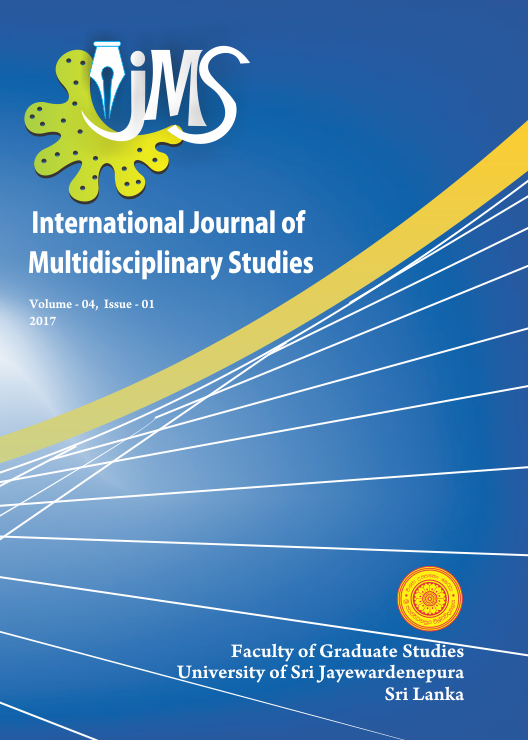Decolorization of CI Direct Blue 201 Textile Dye by Native Bacteria
DOI:
https://doi.org/10.31357/ijms.v4i1.3329Abstract
Water pollution from untreated or partially treated textile dye effluents is one of the major problem concerns globally. Synthetic dyes extensively are used for textile dyeing process. They are highly recalcitrant to natural decolorization and degradation processes and will create drastic negative impacts on natural environment. Remediation of synthetic textile dyes through biological agents has been recorded as low cost and environmental friendly alternative for expensive chemical and physical treatment methods. Therefore the present study was aimed on the determination of CI Direct Blue 201 textile dye decolorizing ability by isolated bacteria strains. Among the 35 bacteria strains isolated from effluents of textile industries, five bacteria strains have shown remarkable decolorizing abilities on CI Direct Blue textile dye. The isolated bacteria were tentatively identified as Pseudomonas sp.1, Pseudomonas sp.2, Bacillus sp.1, Bacillus sp.2 and Micrococcus sp. by morphological features and biochemical tests. Decolorization kinetics of bacteria was recorded after 14 days of incubation with CI Direct Blue 201 dye treated at 75 ppm. Descending order of dye decolorization was resulted by Pseudomonas sp.2 (58.15 ± 0.92%), Bacillus sp.2 (55.02 ± 0.70%), Pseudomonas sp.1 (54.73 ± 1.99%), Micrococcus sp. (51.86 ± 0.49%) and Bacillus sp. 1 (51.55 ± 0.74%) at 280C respectively. Descending decolorization potential was shown by all bacteria as a response for the ascending initial concentration of dye. The highest decolorization of dye was recorded by Pseudomonas sp.2 as 67.93 ± 1.23% at 50 ppm. High decolorization percentages were obtained when bacteria were incubated at 320C compared to 280C and 240C. Results of the present study revealed that isolated bacteria will be successful aspirants for remediation of synthetic textile dyes as an ecofriendly bioremediators to consider for green application approaches. However further studies are needed to understand their dye degradation mechanism in natural environment.
KEYWORDS: Bioremediation; dye decolorizing bacteria; CI Direct blue 201; Azo dye

